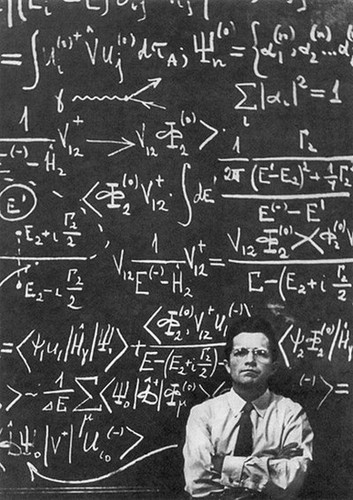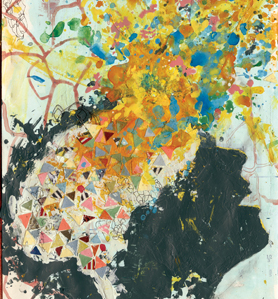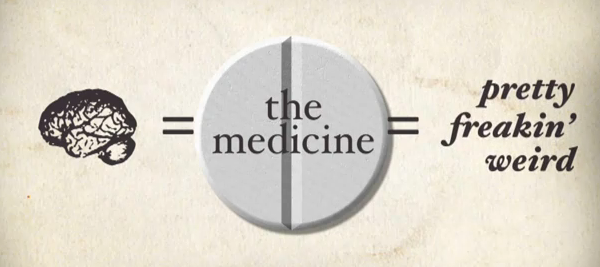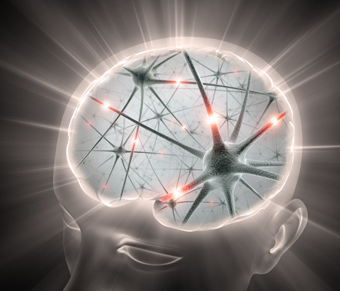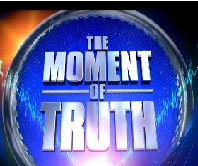Self-Compassion: Factor in Design for Change
Saturday, March 19th, 2011 All cognitive designers and change managers should check out the work by Dr Neff, an associate professor of human development and culture at the University of Texas at Austin on Self Compassion. The site includes assessment instruments, exercises, research articles, videos and more.
All cognitive designers and change managers should check out the work by Dr Neff, an associate professor of human development and culture at the University of Texas at Austin on Self Compassion. The site includes assessment instruments, exercises, research articles, videos and more.
The concept of self compassion is straightforward - having a mindful and open hearted or kind reguard for yourself especially when faced with your shortcomings. But according to the latest research it can have a big impact on how well we adapt to change. For example, a recent study showed that even a modest self-compassion intervention could significantly impact eating habits.
Including specific self-compassion interventions (positive self-talk, journaling, best/worse trait analysis, mindfulness training, etc.) in your next organizational change program could improve outcomes. This is especially true since our traditional approach to organizational change tends to emphasize what is wrong and implicitly encourages people to be self critical.
Interested to hear from readers that have used self-compassion interventions in change programs.
